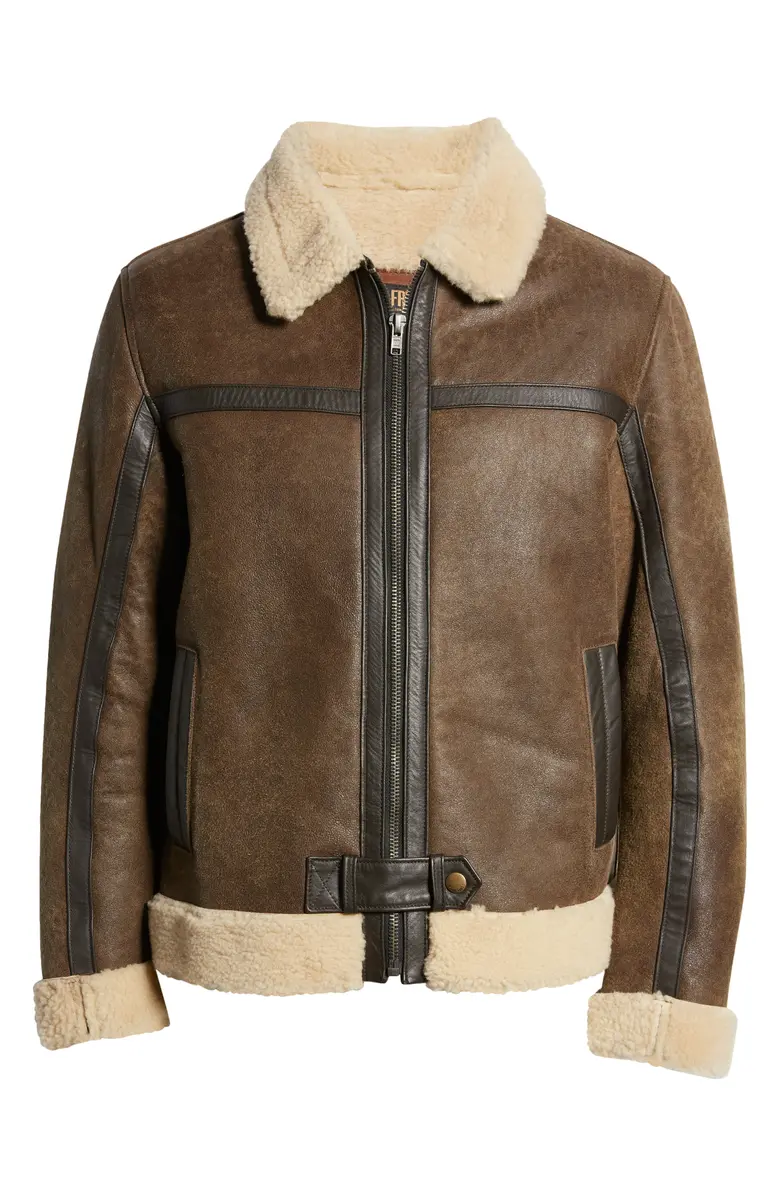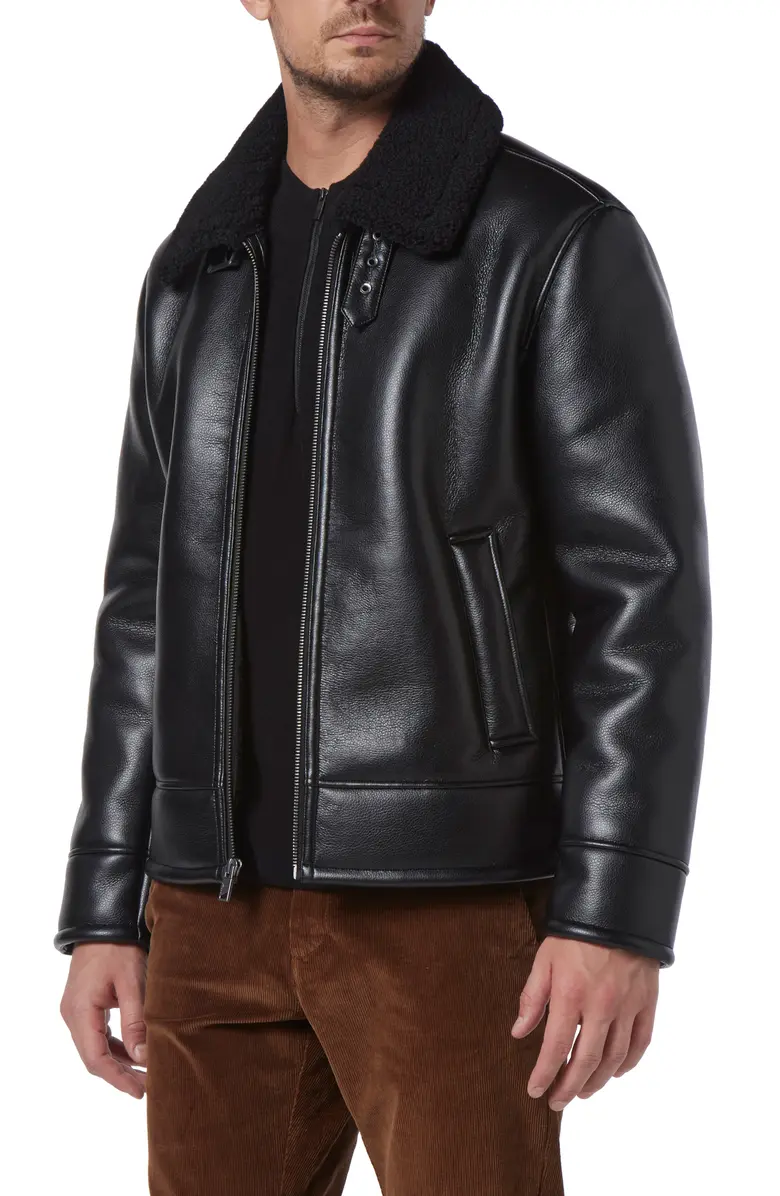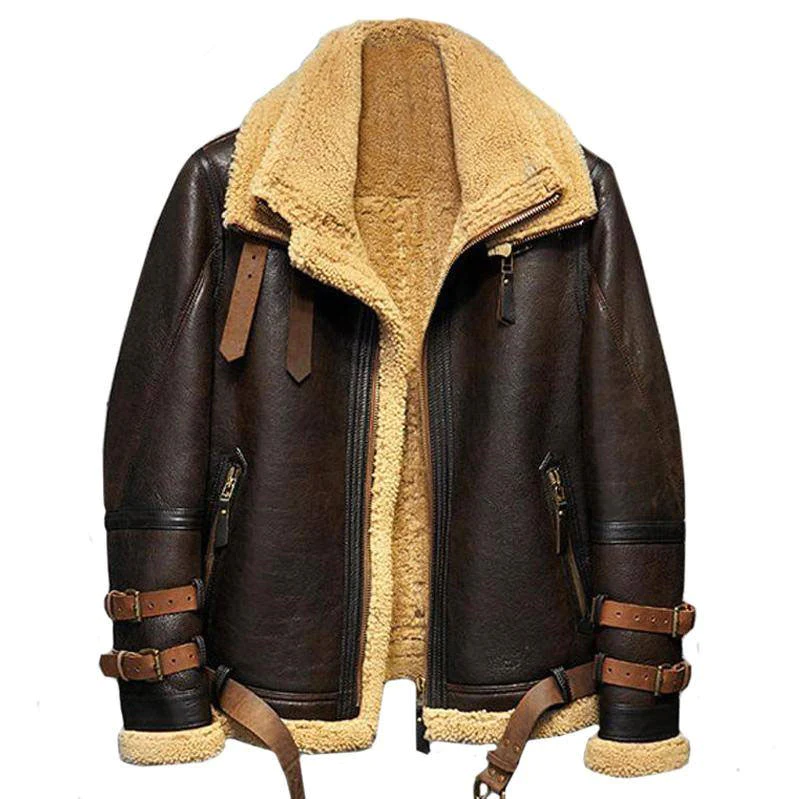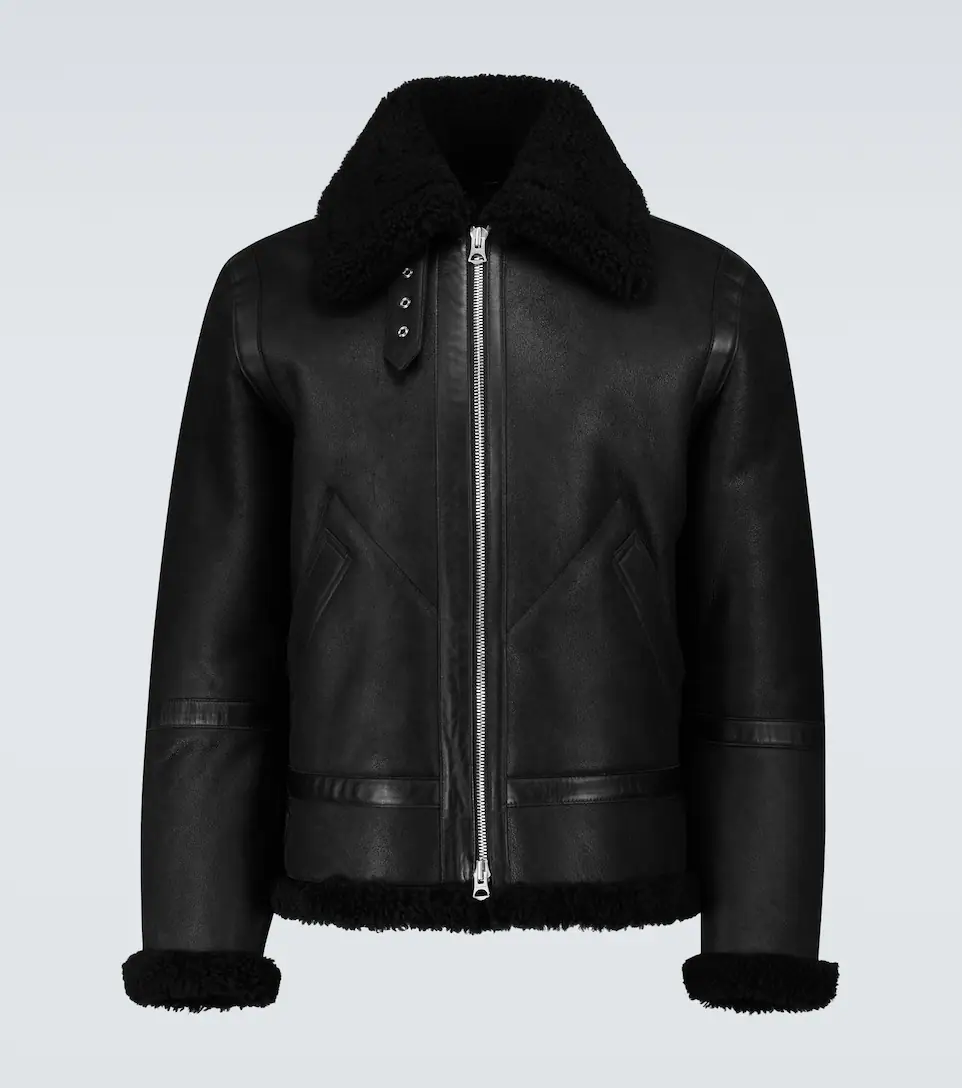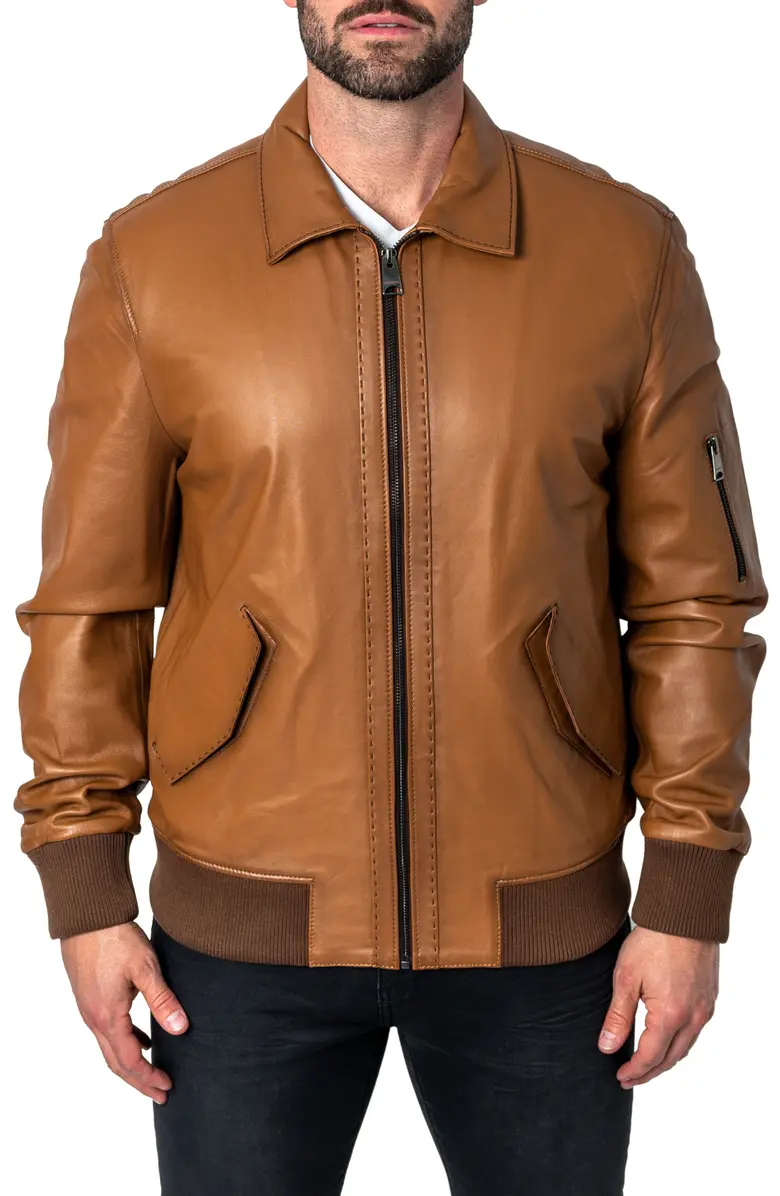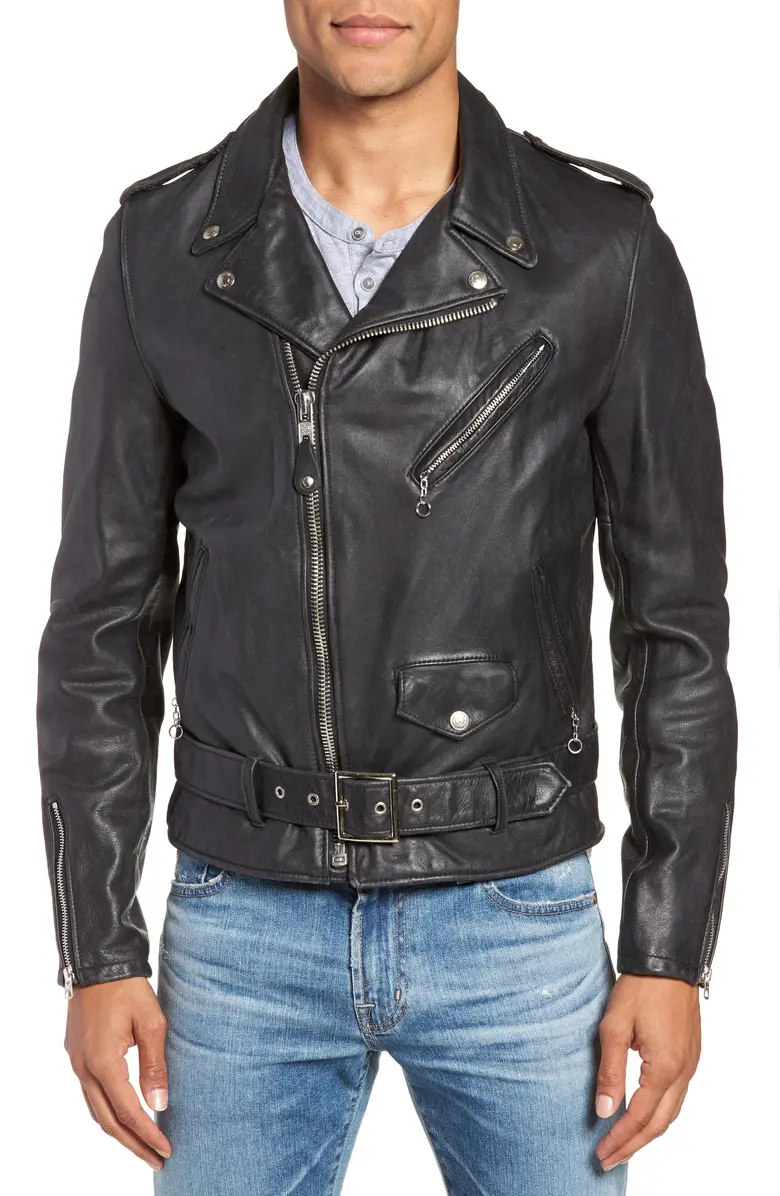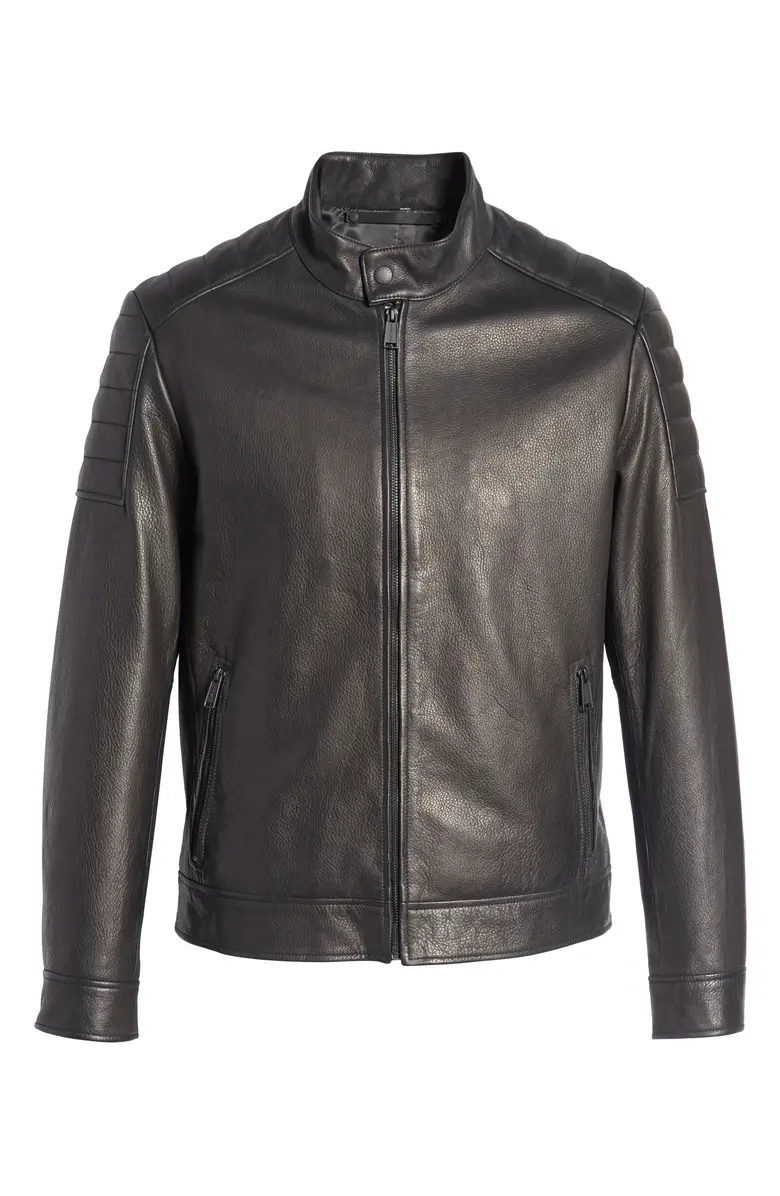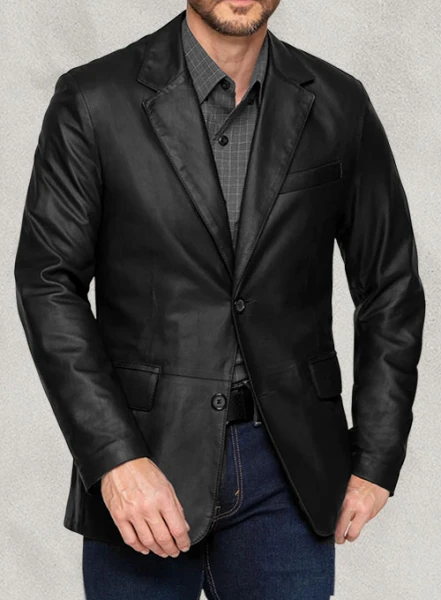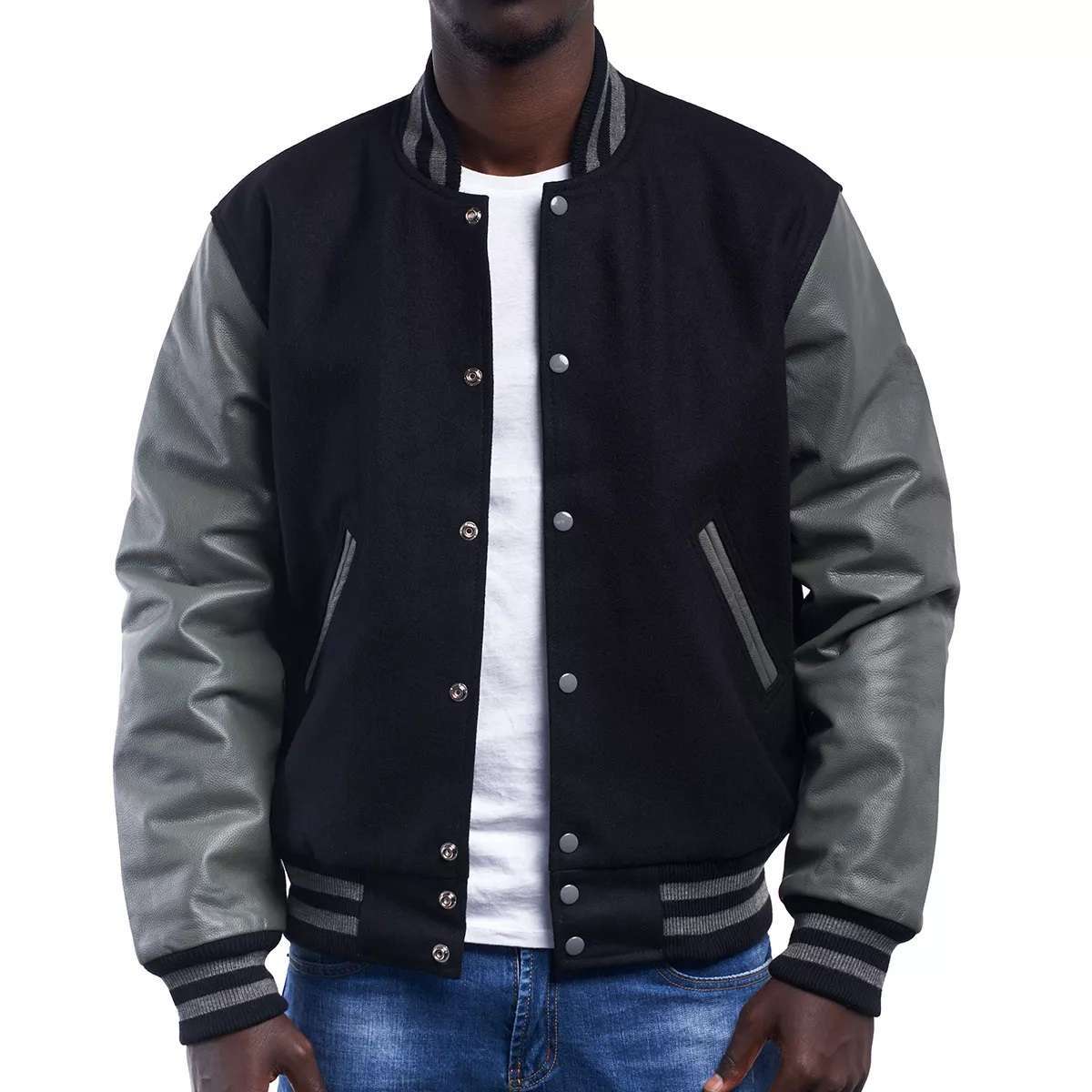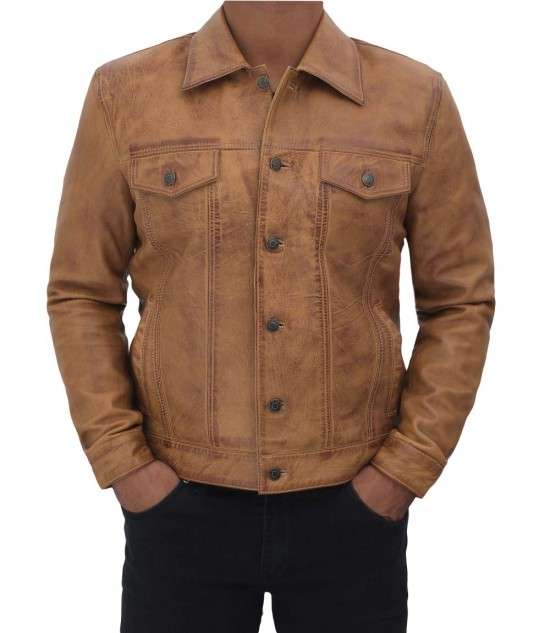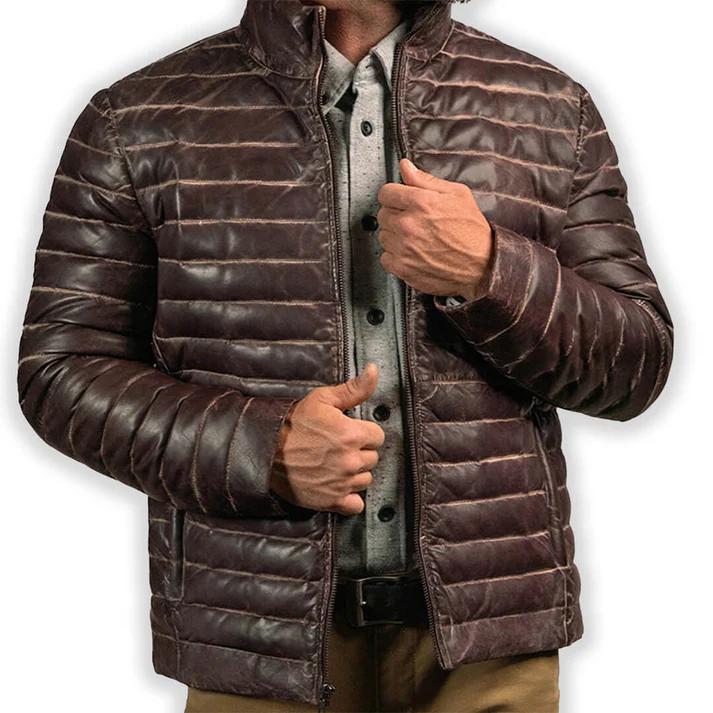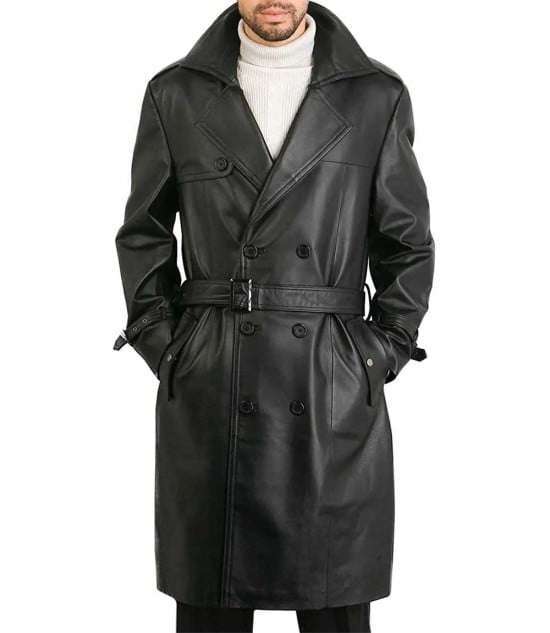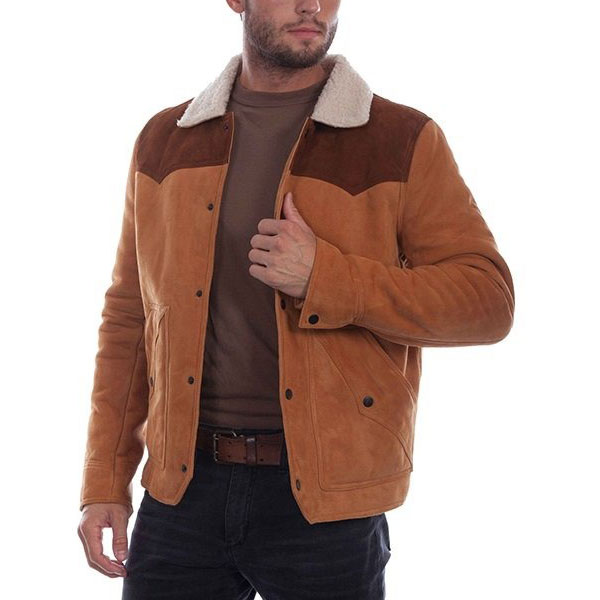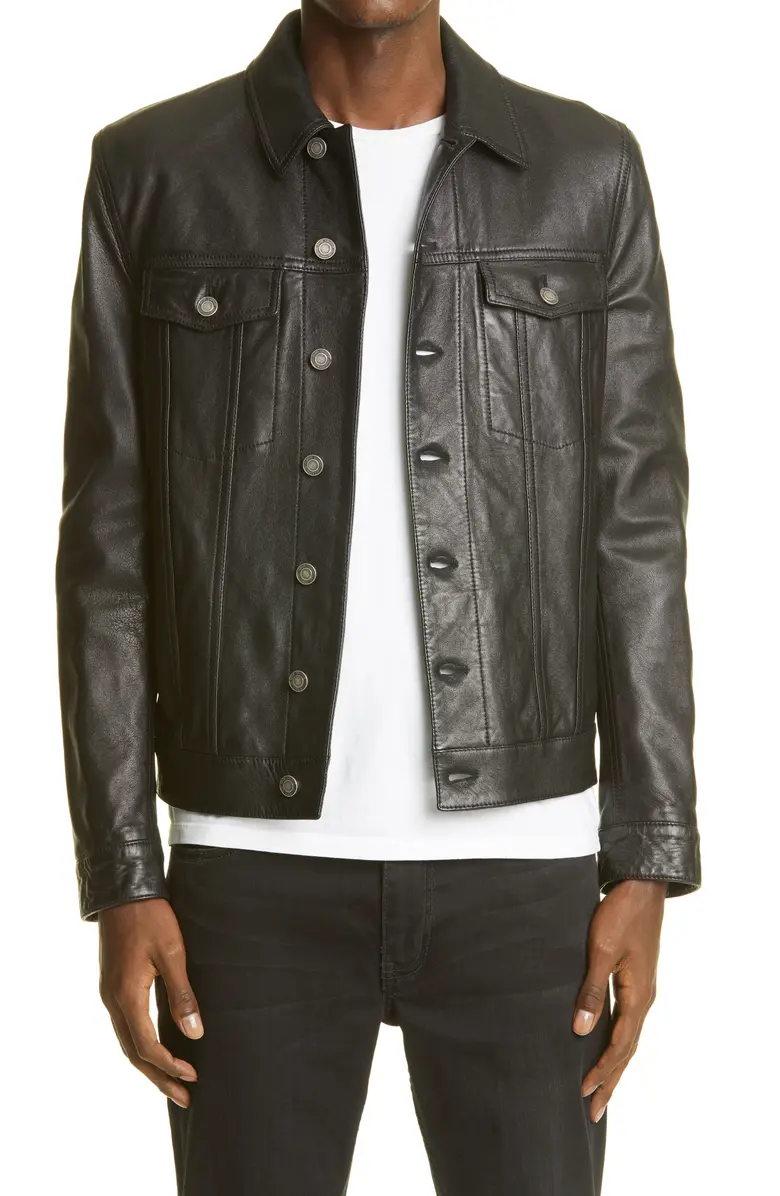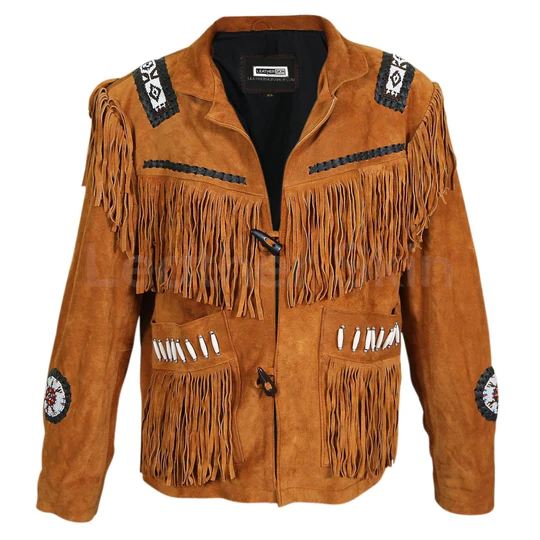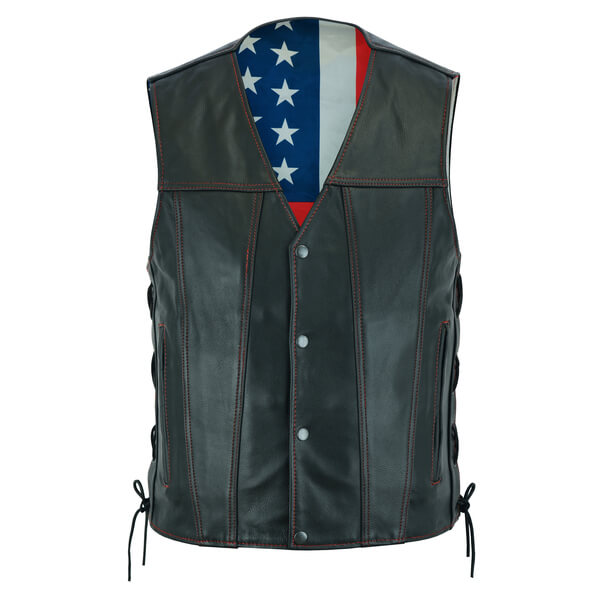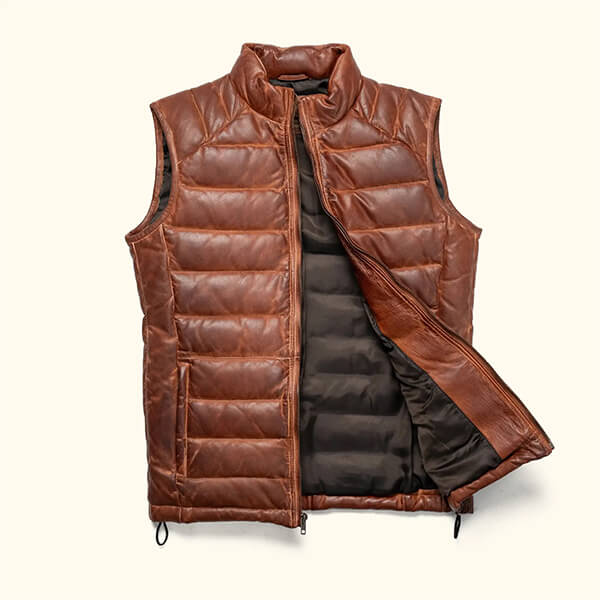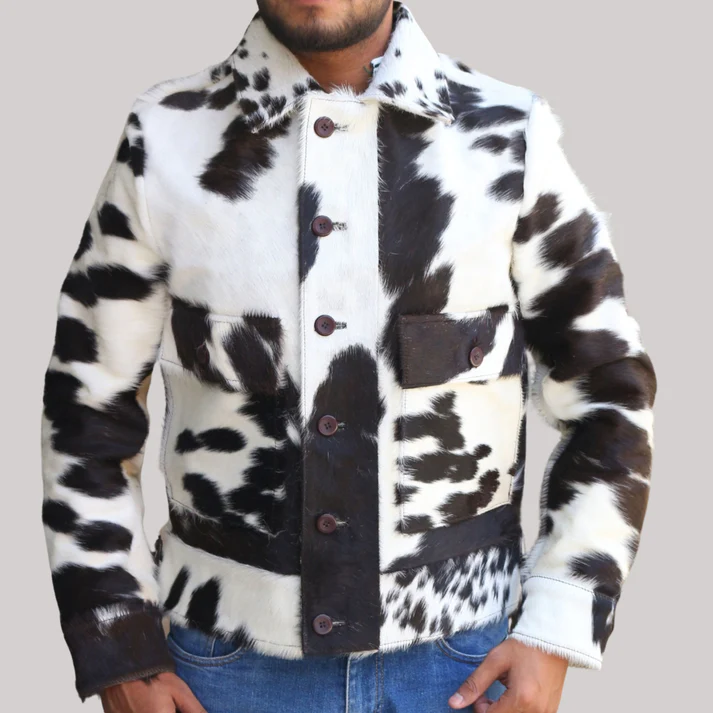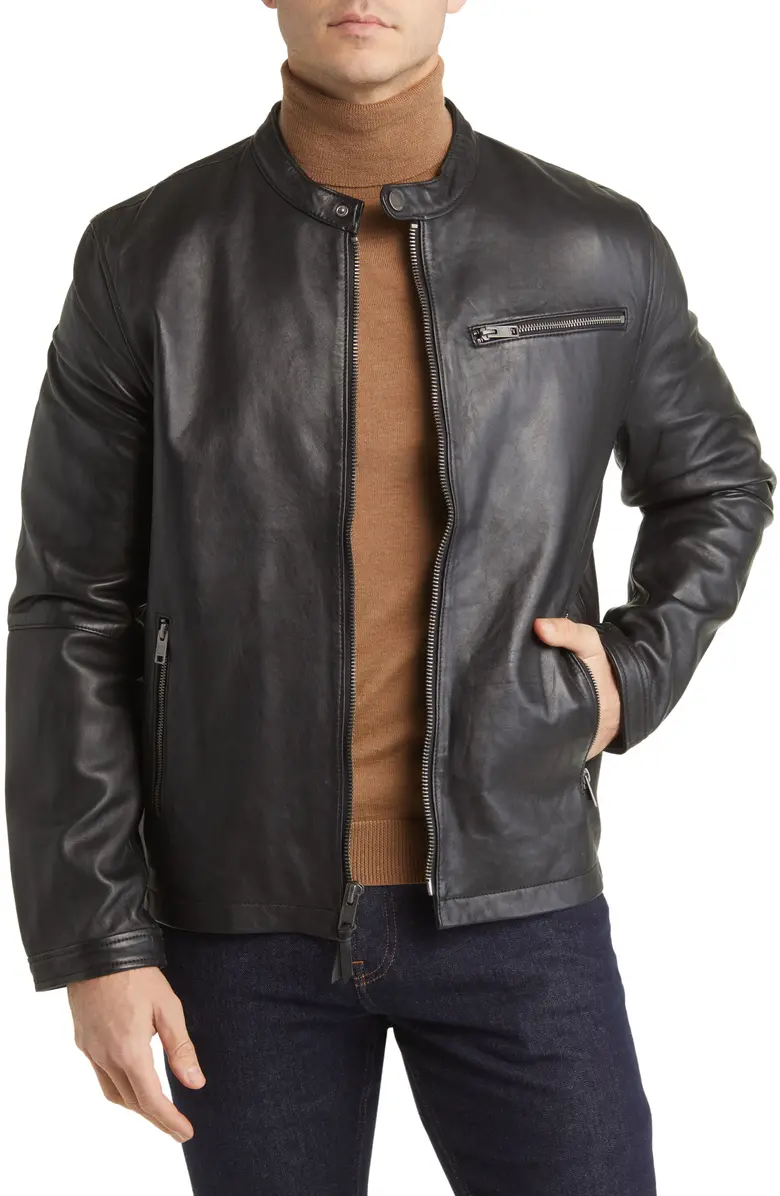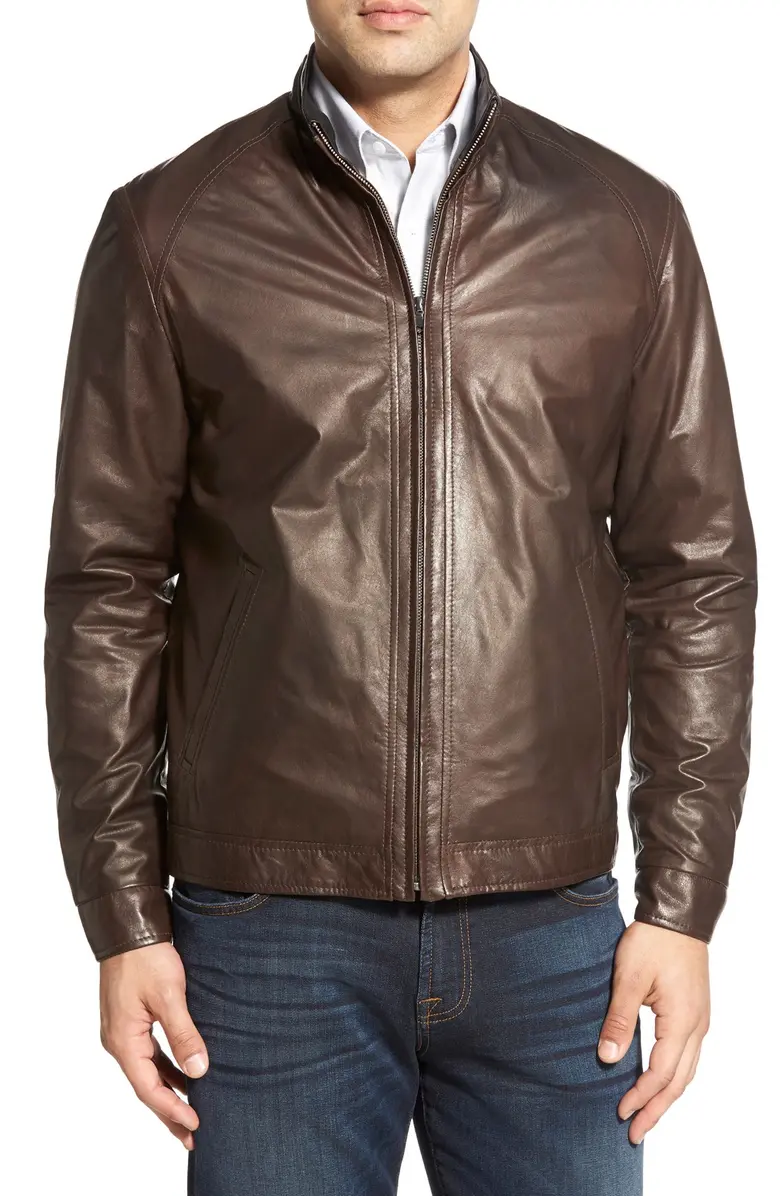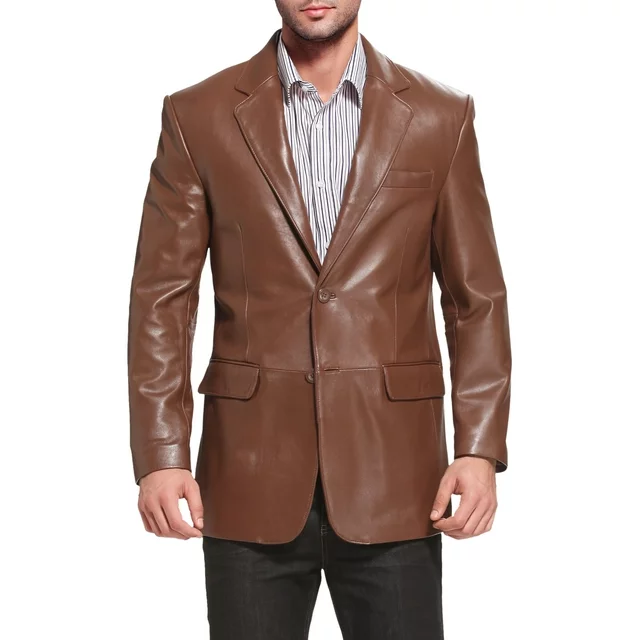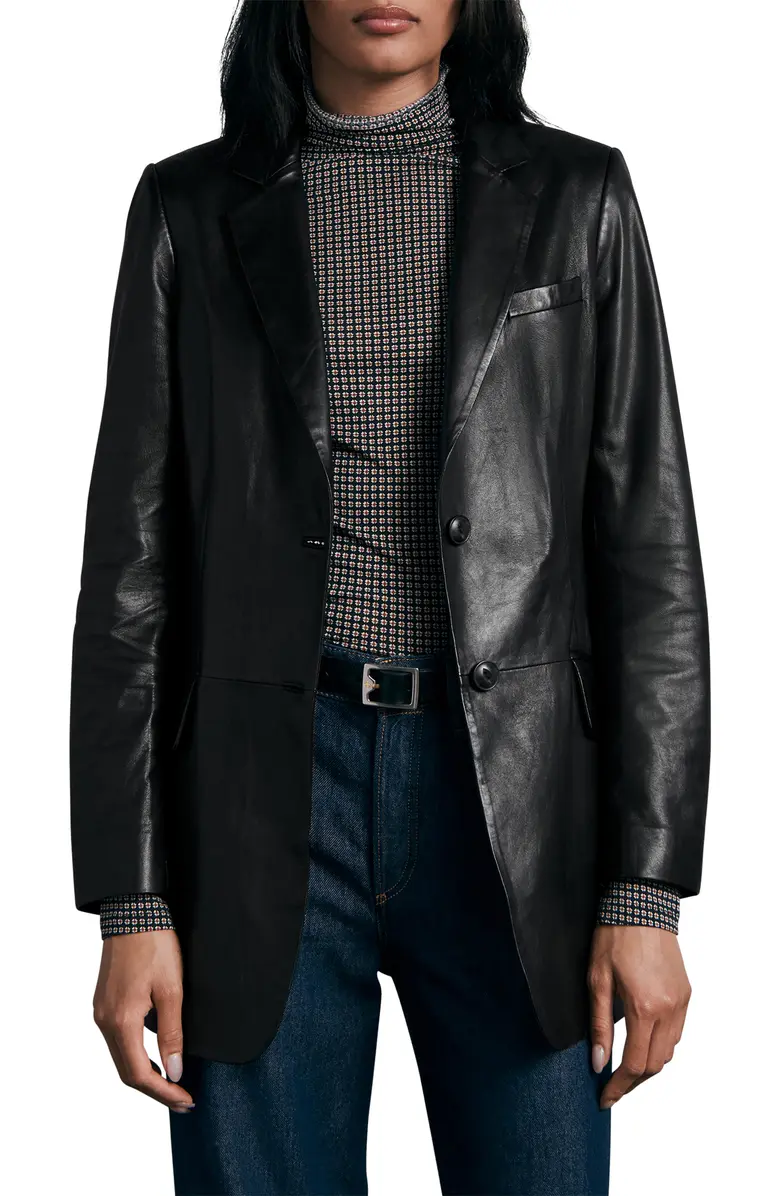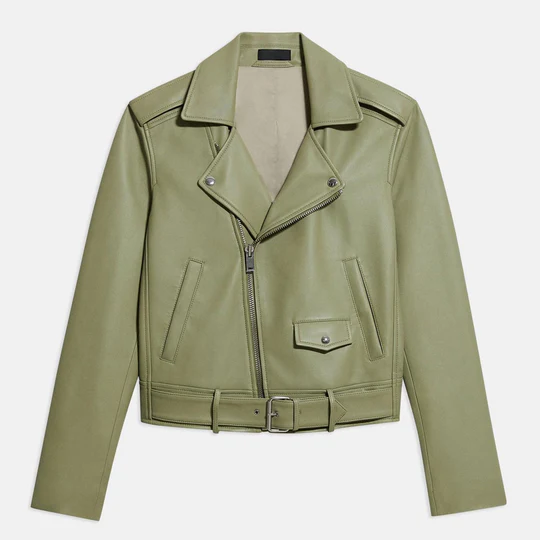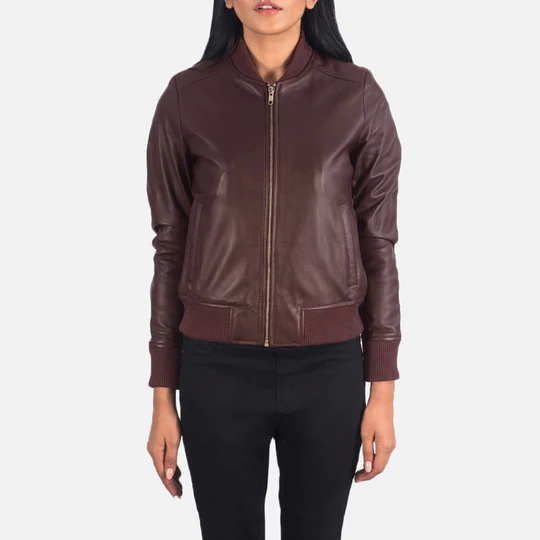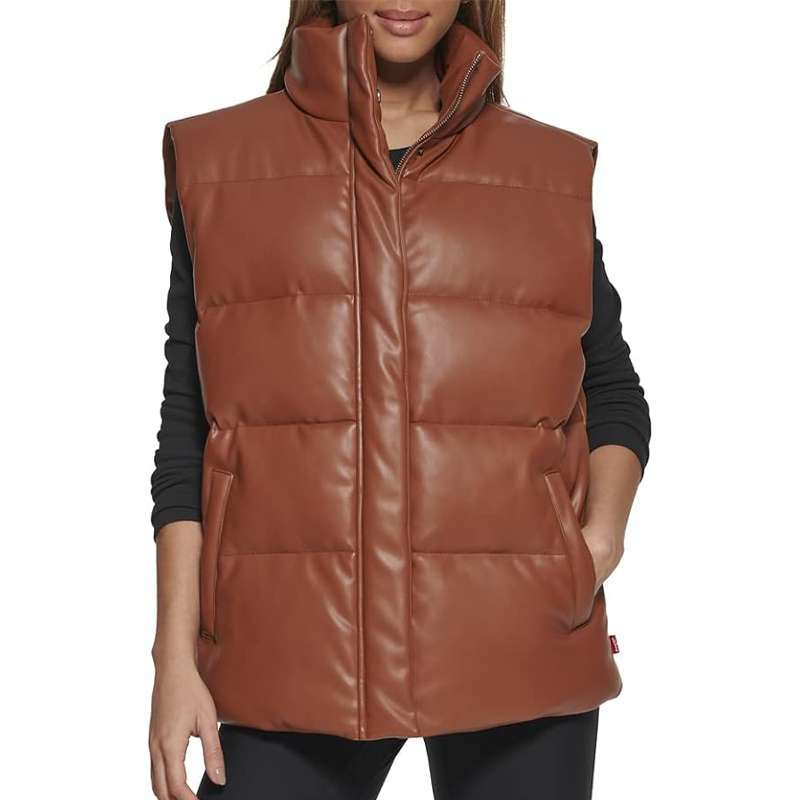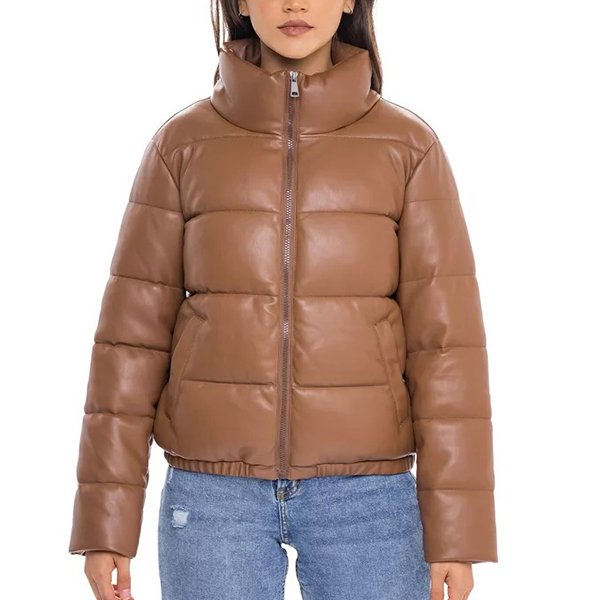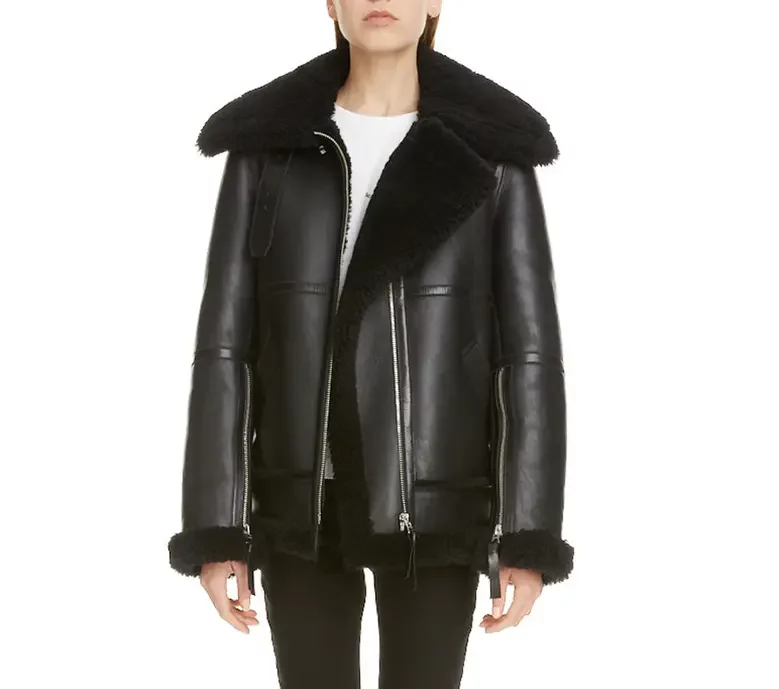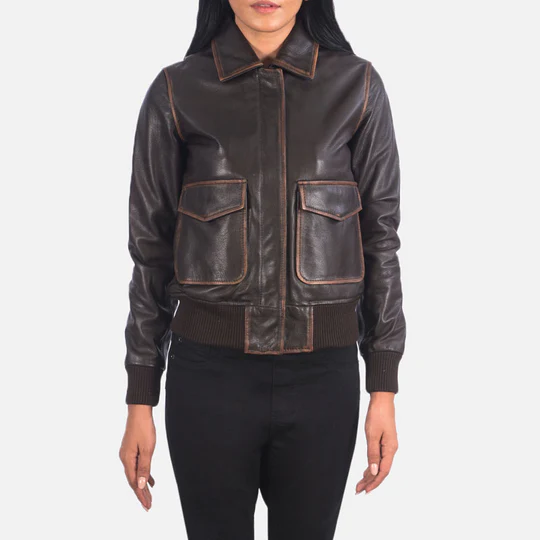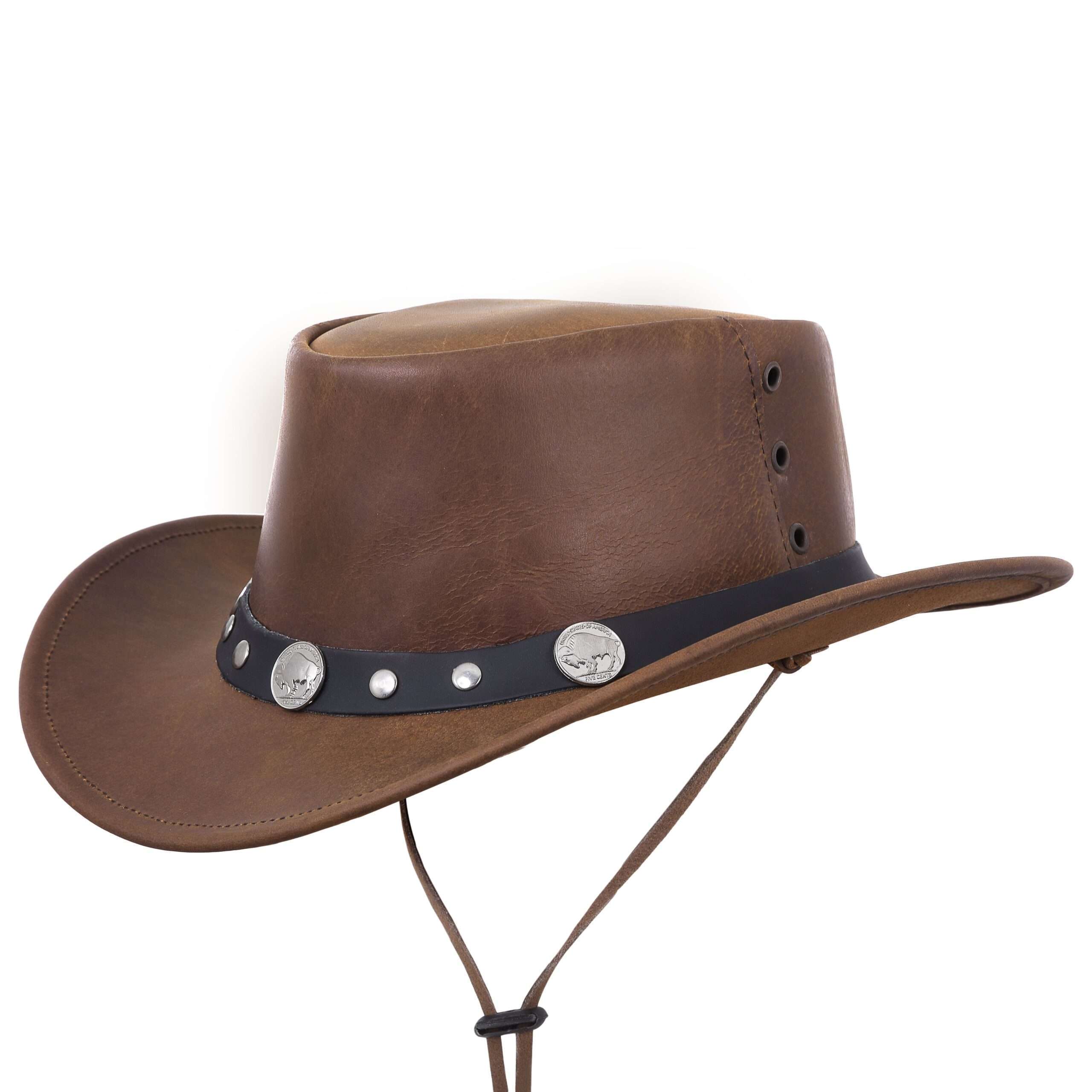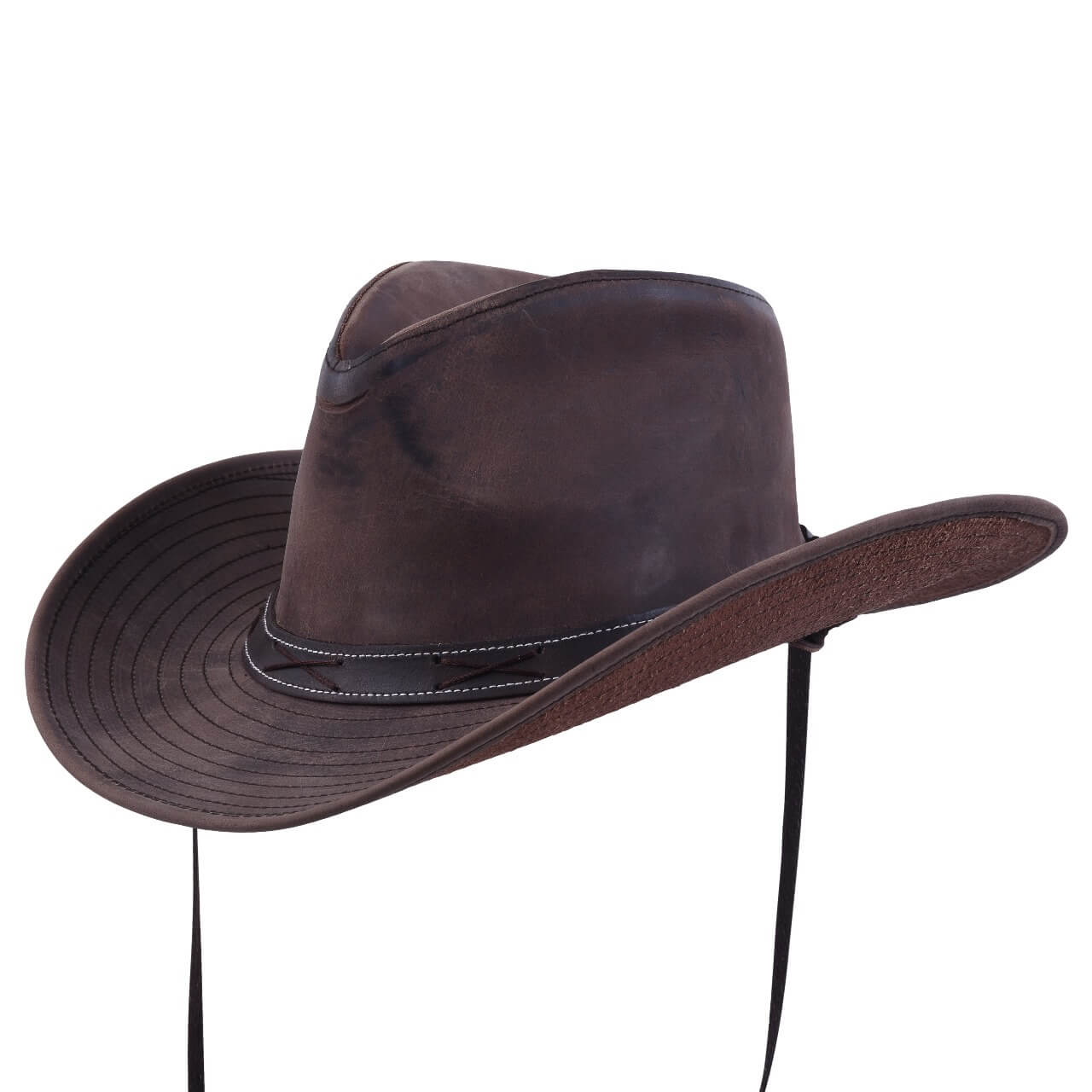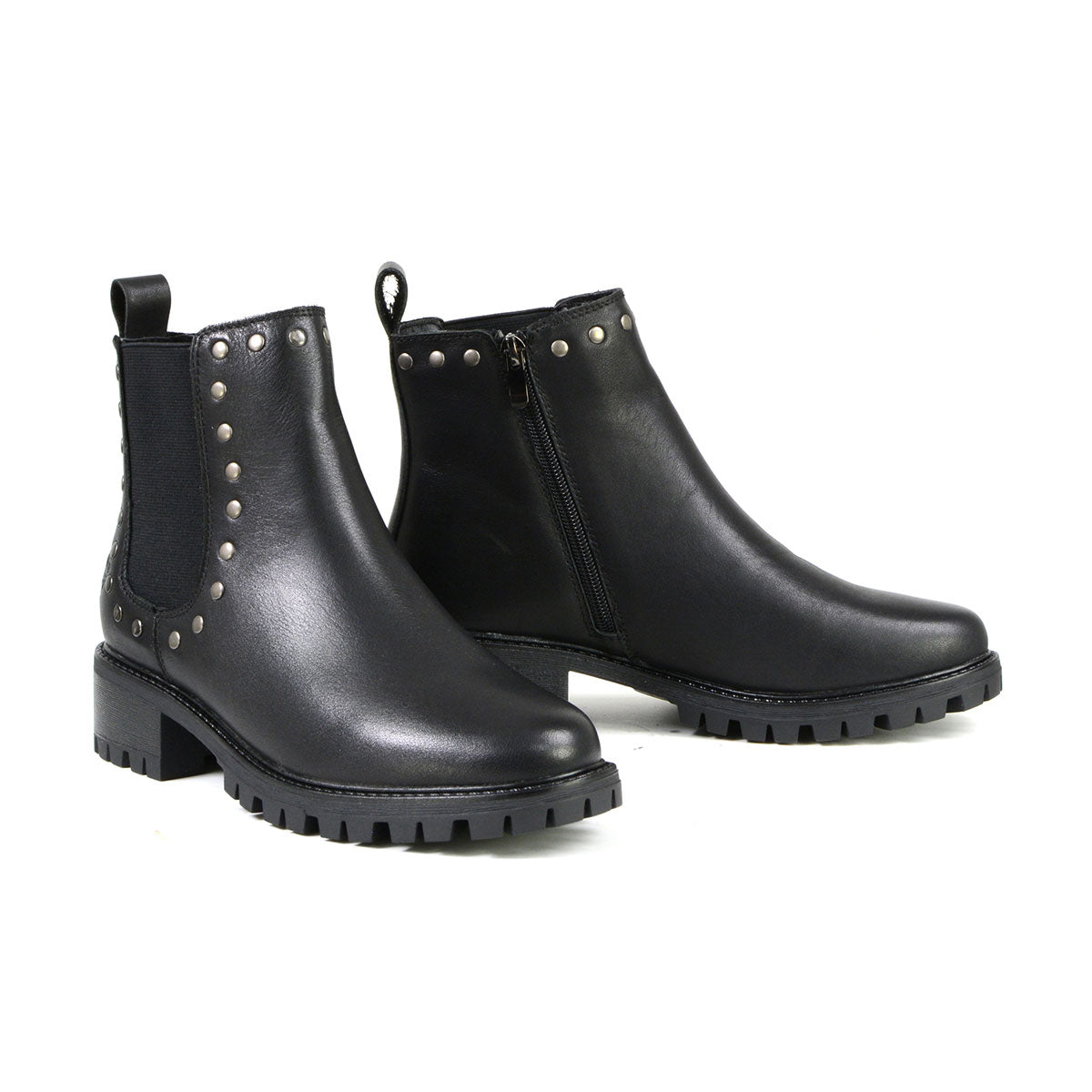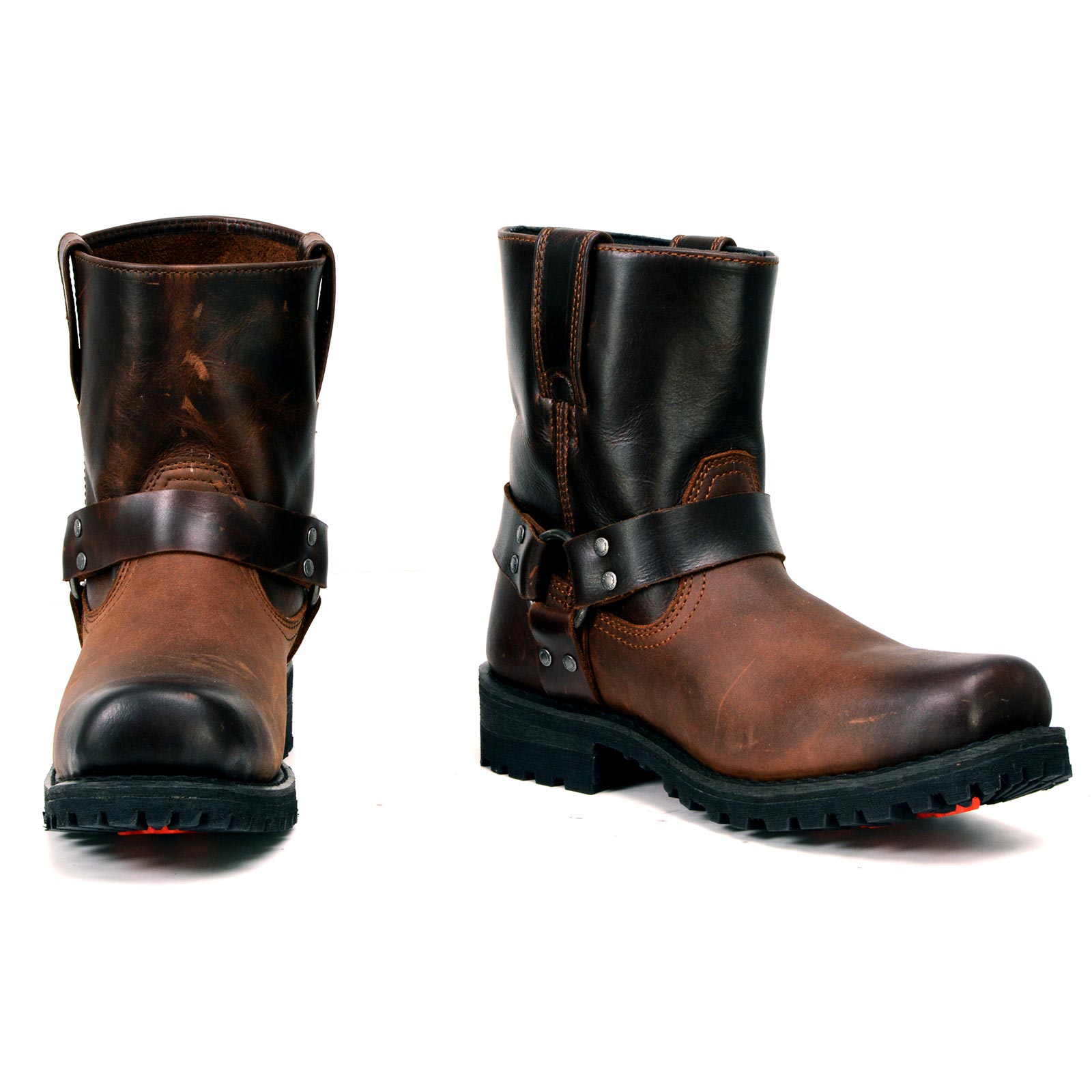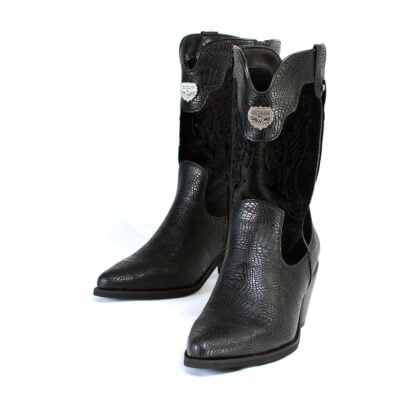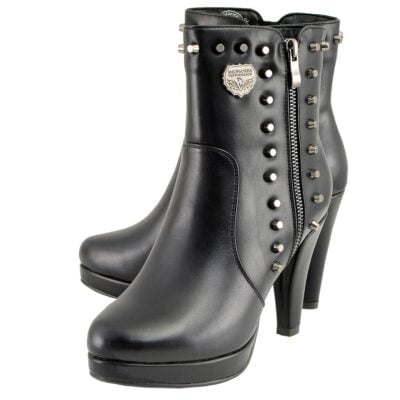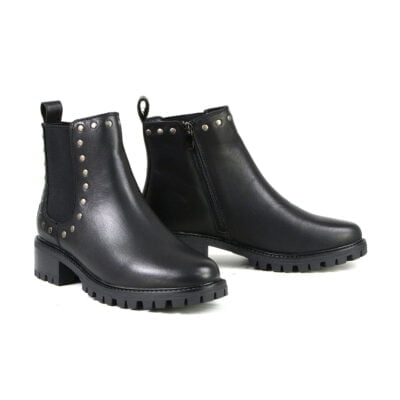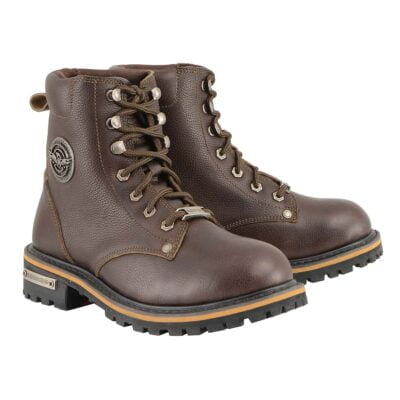For many years, leather boots have been a mainstay of both utility and stylish apparel. Many people adore them for their timeless style, resilience, and adaptability. This article explores the interesting world of leather boots and gives a thorough rundown of their origins, history, and contemporary fashions.
An Overview of Boots Made of Leather
Different Styles of Leather Boots
There are many different kinds and designs of leather boots, and they all have distinct uses and aesthetic statements. The selection is enormous, ranging from combat boots to cowboy boots and from ankle boots to knee-high boots. Every kind meets distinct needs and tastes with its own special features and applications.
Components of Leather Boots
The comfort, toughness, and appearance of boots can all be strongly impacted by the quality of the leather used to make them. Typical varieties of leather consist of:
Full-grain leather is renowned for being robust and long-lasting.
Compared to full-grain, top-grain leather is slightly less resilient but more flexible.
Real leather: The least expensive but nonetheless quite popular due to its low quality.
Suede: Used frequently in fashion footwear, suede is pliable and soft.
Women’s Snake Print Western Style Leather Fashion Boots
The Advantages of Leather Boots
The comfort, style, and longevity of leather boots make them the favored option. With the right maintenance, they can endure for many years, provide excellent protection from the weather, and have a timeless classic style. Furthermore, leather breathes well, keeping feet comfy under a variety of circumstances.
The Evolution of Leather Boot
The main purposes for which leather boots were made in ancient societies were protection and utility. Animal hides were used by prehistoric people to make crude shoes that protected their feet from hard surfaces. The basis for later developments in both form and function was laid by these early iterations of leather boots.
Old Civilizations
Early leather boot creation was greatly aided by cultures like the Egyptian, Greek, and Roman ones. The Egyptians made sandals and simple leather shoes, but the Greeks and Romans developed the industry with more elaborate styles. Famously, leather caligae, sturdy footwear that provided protection and flexibility during military operations and protracted marches, were worn by Roman soldiers.
Europe in the Middle Ages
Leather boots saw tremendous change throughout the Middle Ages in Europe, eventually becoming necessary for all social groups. Reinforced leather boots were an essential component of the armor worn by knights and warriors, offering vital protection in times of war and long-distance marches. These boots were made with more care and attention to detail by artisans of this era, who also improved their longevity and craftsmanship.
Although their designs were more straightforward and centered on durability and utility for working in fields and navigating rugged terrain, peasants and laborers also wore leather boots. The nobles, on the other hand, wore lavishly designed leather boots, which were made of higher-quality leather and had ornate embellishments that symbolized wealth and position.
Technological Advancements in Mass Production and the Industrial Revolution
The manufacturing of leather boots saw significant change throughout the Industrial Revolution. The process of tanning leather was transformed by advancements in machinery and processes, resulting in increased efficiency. The time it took to manufacture sturdy leather appropriate for boot production was greatly shortened with the introduction of chrome tanning.
Large-scale Manufacturing
The shift from handmade to mass-produced leather footwear was made possible by the development of factories and assembly lines. This change reduced the cost of leather boots and increased their accessibility for the average person. Large-scale production of high-quality boots made it possible for them to be widely used in a variety of industries.
Because they are made to be safe and comfortable for wearers of prolonged physical labor, work boots have become a need for industrial laborers. Specialized boots, such firefighter boots and steel-toe boots for construction workers, demonstrated how crucial leather boots are to maintaining workplace safety.
Style and Utility
In addition to their practical uses, leather boots became fashionable accessories as a result of the Industrial Revolution’s influence on fashion. Leather boots rose to popularity in Victorian fashion for both sexes. The affluent embraced styles like the button boot, while lace-up boots were preferred for their sophistication and usefulness.
Worldwide Effect
Leather boots became widely available due to their mass manufacture, appearing in many different civilizations. In many places, cowboy boots in the American West and riding boots in European equestrian circles became cultural icons made of leather. Every civilization modified leather boots to fit their own requirements and style preferences, securing its historical position.
Women’s Black Leather Boots With Spikes & Side Zippers
Famous Events in History
Military Application and Impact
Throughout history, leather boots have been essential to the military because they have provided soldiers with comfort, durability, and protection. The classic trench boots were created during World War I to withstand the demanding circumstances of trench warfare and to give soldiers dependable, strong footwear. Similar to this, combat boots—made to be resilient and versatile in a variety of terrains—were introduced during World War II.
Outside of the battlefield, military boots had an impact on civilian fashion. Military surplus boots became popular throughout the postwar era, as evidenced by the combat boot adoption by punk and grunge movements, among other subcultures.
Cultural and Fashion Turning Points
Throughout history, leather boots have been at the forefront of both cultural and fashion trends. Chelsea boots, made popular by bands like The Beatles, came to represent the mod movement in the UK throughout the 1960s. They were a stylish option for both men and women because of their simple design and effortless slip-on style.
Dr Martens rose to popularity in the 1970s and 1980s. Originally intended for the work environment, the punk rock subculture quickly embraced the tough style and associated it with revolt. These boots went on to become a fashion mainstay and an iconic representation of teenage culture.
Cowboy boots, also known as western boots, have had a big cultural influence and are a symbol of the spirit of the American frontier. These boots, which were first made for ranch work and horseback riding, have evolved into a global fashion icon and have come to represent Western flair.
Why Leather for Material and Craftsmanship?
Boots made of leather are well known for their strength, resilience, and classic style. Leather boots are a chosen option for both utilitarian and fashion reasons due to the material’s inherent qualities and the craftsmanship involved in their creation.
Sturdiness and Strength
Adaptability and Lifespan
Leather is an extremely resilient material that can tolerate a lot of wear and tear over time. Because of its durability, leather boots are perfect for a wide range of uses, from daily usage to strenuous activities like labor-intensive work or trekking. In contrast to synthetic materials, leather typically gets better with time and acquires a distinctive patina that enhances its beauty.
Safety and Comfort
The feet are better protected by leather boots. While providing flexibility and comfort, the material’s hardness protects against environmental threats including sharp objects and uneven terrain. Activities that demand prolonged standing or walking might benefit greatly from this mix of protection and comfort.
Organic Visual Appeal
Classic Style
Natural and timeless in its aesthetic appeal, leather has a certain quality. Every pair of leather boots is distinct due to their rich texture and barely noticeable color differences. Because of their natural attractiveness, leather boots go well with many different outfit types, from dressy to casual.
Individualization and Tailoring
Leather is one such material that is easily personalized and customized. Leather can be dyed, embossed, and stitched in a variety of ways by artisans to produce unique patterns and designs. Because of their adaptable style, leather boots are a favorite among fashionistas as they can accommodate a wide range of tastes and preferences.
Expertise and Creativity
Conventional Manufacturing Methods
Over generations, the process of creating leather boots has undergone refinement. Strict procedures are used in traditional production methods to guarantee excellent quality and longevity. Among these methods are:
Hand stitching: To ensure sturdy and long-lasting seams, expert craftspeople join the leather pieces together.
Goodyear welting: A technique that gives water resistance and facilitates simple resoling by fastening the sole to the top portion of the boot.
Animal hides are tanned in order to create leather that is resilient. Natural tannins are used in traditional tanning techniques, such vegetable tanning, to produce robust and durable leather.
Contemporary Production Advancements
Even though old methods are still highly prized, contemporary developments have greatly enhanced the leather boot industry. Among the innovations are:
Chrome tanning: A quicker tanning method that creates supple, soft leather by utilizing chromium salts. With this technique, quality is maintained even in large-scale manufacturing.
Computer-aided design (CAD): Technology that makes it easier to precisely design and cut leather, guaranteeing a consistent level of quality and fit.
Sustainable methods: The leather sector is progressively embracing environmentally beneficial methods, like obtaining leather from sustainably farmed farms and employing biodegradable chemicals throughout the tanning procedure.
Women’s Premium Black Leather Chelsea Boots With Rivets
Fashion and Style: Leather Boots’ Versatility and Timelessness
Not only are leather boots practical, but they also make a big design statement. They are an essential piece of clothing in closets all around the world because of their adaptability, classic style, and cultural impact.
Fashion’s Versatility
From Formal to Casual Clothes
The adaptability of leather boots is one of its best features. They can move from informal to formal situations with ease. Leather boots look great with jeans for casual wear, giving off a tough yet fashionable vibe. Polished leather boots offer a touch of refinement to suits and other elegant ensembles for formal events.
Appeal for All Ages
Because of their timeless appeal, leather boots are a favorite option for all sexes. Chelsea boots, combat boots, and ankle boots are just a few examples of styles that are gender-neutral and provide a plethora of possibilities to suit a variety of interests and preferences.
Classical Style
Timeless Designs that Last: Leather boots are renowned for their classic styles. Timeless designs such as Chelsea boots, riding boots, and brogue boots have withstood the test of time and are still in popularity decades after decades. These styles’ timeless appeal is derived from their elegance, pragmatism, and simplicity.
Fashion Trends’ Influence
Although they come in classic shapes, leather boots also change to reflect current fashions. In order to represent modern aesthetics, designers are always reinterpreting classic designs. Because of their versatility, leather boots will always be in style and appeal to both fashionistas and traditionalists.
Famous People’s Influence on Iconic Characters and Endorsements
The rise in popularity of leather boots has been mostly attributed to celebrities. Their reputation as a sign of cool has been solidified by iconic characters like James Dean, who famously donned leather boots as part of his rebellious persona. Celebrities like Kendall Jenner and David Beckham have been observed wearing leather boots more recently, which has increased their notoriety.
Influence on Culture in Popular Culture
The popular culture is significantly influenced by leather boots. They frequently appear in motion pictures, music videos, and fashion periodicals, which affects how people view and accessorize them. Their iconic stature has also been aided by their affiliation with a variety of subcultures, including rock, punk, and goth. Boots like Dr Martens have cemented their place in fashion history by coming to be associated with specific musical genres and cultural trends.
Women’s Dark Brown Leather Lace-up Biker Boots
Practical Advantages of Leather Boots
Due to its many practical advantages, leather boots for women are a popular option for a variety of occasions and fashions. They differ from other kinds of footwear because of its resilience, comfort, and protective qualities.
Strength and Lifespan
Resistance to Damage and Wear
Boots made of leather are renowned for their remarkable ability to withstand wear and tear. These boots are resistant to severe weather and wear and tear thanks to the inherent hardness of leather. Leather boots offer dependable endurance whether you are working in challenging situations or traversing rough terrain.
Value of Long-Term Investments
Over time, buying a quality pair of leather boots can prove to be a highly economical decision. When taken care of properly, high-quality leather boots can endure for many years—often longer than boots manufactured of synthetic materials. Because of their durability and progressive reduction in cost per wear, they are a wise investment.
Natural Breathability and Comfortability
The inherent breathability of leather is one of its main advantages. Boots made of leather allow air to flow around them, keeping feet dry and cool. This is especially crucial to avoid moisture accumulation, which can cause discomfort and problems with the health of the feet.
Personalization and the Break-In Procedure
One special quality of leather boots is their capacity to gradually take on the contour of your foot. The leather progressively takes on the shape of your foot during the breaking-in process, creating a unique fit that improves comfort. Even though it could take some time, the outcome will be a pair of boots that seem like they were designed just for you.
Safety and Practicality
Resistance to the weather
Because of their superior resilience to weather, leather boots can be worn in a variety of climates. In wet weather, treated leather can repel water, keeping your feet dry. Leather also acts as insulation, which helps keep feet warm during the winter. Because of their adaptability, leather boots are a sensible option for year-round wear.
Assistance with Diverse Tasks
Leather boots are supportive of a variety of sports due to its design and manufacturing. For comfort and safety, leather boots provide the necessary stability and support, whether you’re wearing them for work, hiking, or leisure wear. Their versatility is enhanced by features including strong soles, reinforced toe caps, and ankle support.
In summary
Leather boots are a beneficial and adaptable addition to any outfit since they combine protection, comfort, and durability. Among the many useful qualities that make them unique are their resilience to weather, natural breathability, long-term investment value, and resistance to wear and tear. Because of their unrivalled quality and effectiveness, leather boots remain a popular option for both functional purposes and as fashionable accessories.
